Strategic HR Analytics: Turn People Data into Business Results

HR analytics has transformed from basic reporting into a strategic HR intelligence tool that drives business performance. In today’s data-driven landscape, companies that leverage workforce analytics and people data insights gain a competitive edge by making smarter, faster decisions, improving employee engagement, and aligning talent management strategies with core business goals.
This article explores how actionable HR analytics empowers HR teams to shift from reactive processes to proactive, data-informed strategies—unlocking measurable value across recruitment, retention, performance, and organizational growth.
Table of Content
- What Is the HR Analytics?
- Why HR Analytics Maturity Remains Low in Most Organizations?
- Strategic Applications: 5 Ways to Leverage HR Analytics
- Leading Tools for Implementing HR Analytics
- Conclusion: Turning Insights into Impact
1. What Is the HR Analytics?
Traditional HR reporting focuses on tracking past events. While useful, these metrics often fall short of providing actionable insights.
Actionable HR analytics refers to the application of data science techniques—such as predictive and prescriptive analytics—to identify patterns, forecast trends, and guide strategic decision-making across the workforce.
Key Concepts:
- Predictive Analytics: Anticipates future outcomes (e.g., employee turnover).
- Prescriptive Analytics: Recommends actions based on data insights.
- Strategic Alignment: Links HR data directly to business performance indicators.
2. Why HR Analytics Maturity Remains Low in Most Organizations?
Although many HR departments collect large volumes of data, few succeed in turning that data into actionable intelligence.
Common Barriers:
- Reactive mindset: Reporting replaces real-time decision-making.
- Data silos: Fragmented systems hinder unified insights.
- Skill gaps: HR teams often lack analytics expertise.
- Lack of business alignment: Metrics are not tied to outcomes that matter to leadership.
To fully leverage HR analytics, organizations must adopt an integrated approach that combines data accessibility, analytics capability, and strategic intent.
3. Strategic Applications: 5 Ways to Leverage HR Analytics
Actionable HR analytics can deliver value across several high-impact use cases. Below are five strategic examples that go beyond reporting:
- Predict and Prevent Employee Turnover
Utilize machine learning models to analyze engagement scores, tenure, and performance history—proactively identifying at-risk employees before they leave.
- Identify and Address Skill Gaps
Compare current workforce capabilities against future business needs to tailor upskilling initiatives and prioritize learning investments accordingly.
- Forecast Talent Requirements
Use workforce planning and market analysis to align recruitment strategies with anticipated growth or transformation objectives.
- Correlate Employee Experience with Business Outcomes
Link HR data with customer satisfaction or operational KPIs to quantify how employee engagement influences organizational performance.
- Advance DEI Goals Through Transparent Metrics
Track representation, pay equity, and promotion data to identify disparities and implement data-driven diversity, equity, and inclusion strategies.
4. Leading Tools for Implementing HR Analytics
For HR teams looking to operationalize analytics, selecting the right platform is crucial. Below are top tools that offer robust functionality for strategic HR decision-making:
4.1. Codepresso
- Codepresso: a Luxembourg-based SaaS provider specializing in IT competency assessment and skills-based hiring. Codepresso offers AI-powered coding tests, practical tech evaluations, and workforce analytics to help companies identify, assess, and develop top developer talent.
- Key Strengths: Real-world coding assessments, customizable test environments, and skills gap analytics.
- Why It Matters: Ideal for organizations looking to optimize tech hiring and training with a skills-first approach.
- Trusted By: Samsung, Hyundai, LG , CJ
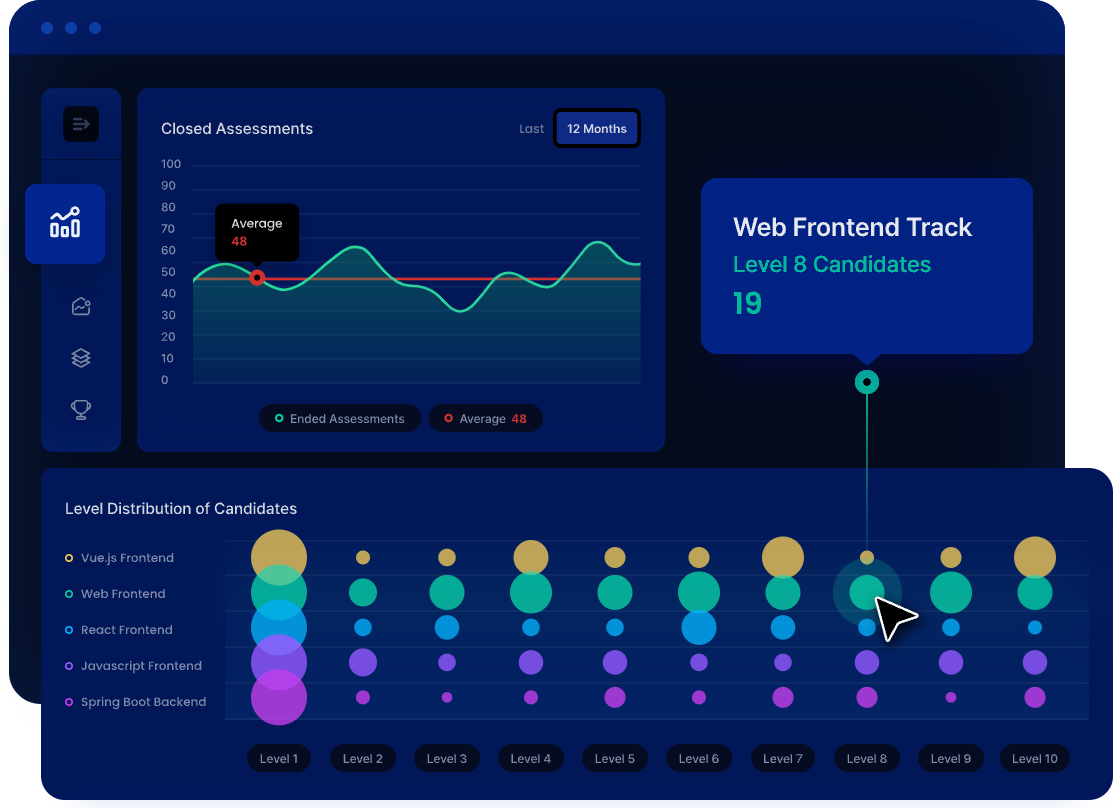
4.2. Visier
- Visier: an independent Canada‑based leader in AI‑powered people analytics and workforce planning, unifies HR and business data to deliver actionable insights, conversational AI (Vee), and bench‑marking capabilities that help organizations make confident talent decisions.
- Key Strengths: Predictive analytics, workforce modeling, and pre-configured dashboards.
- Why It Matters: Ideal for organizations seeking fast, scalable insights.
- Trusted By: Adobe, eBay, Hugo Boss
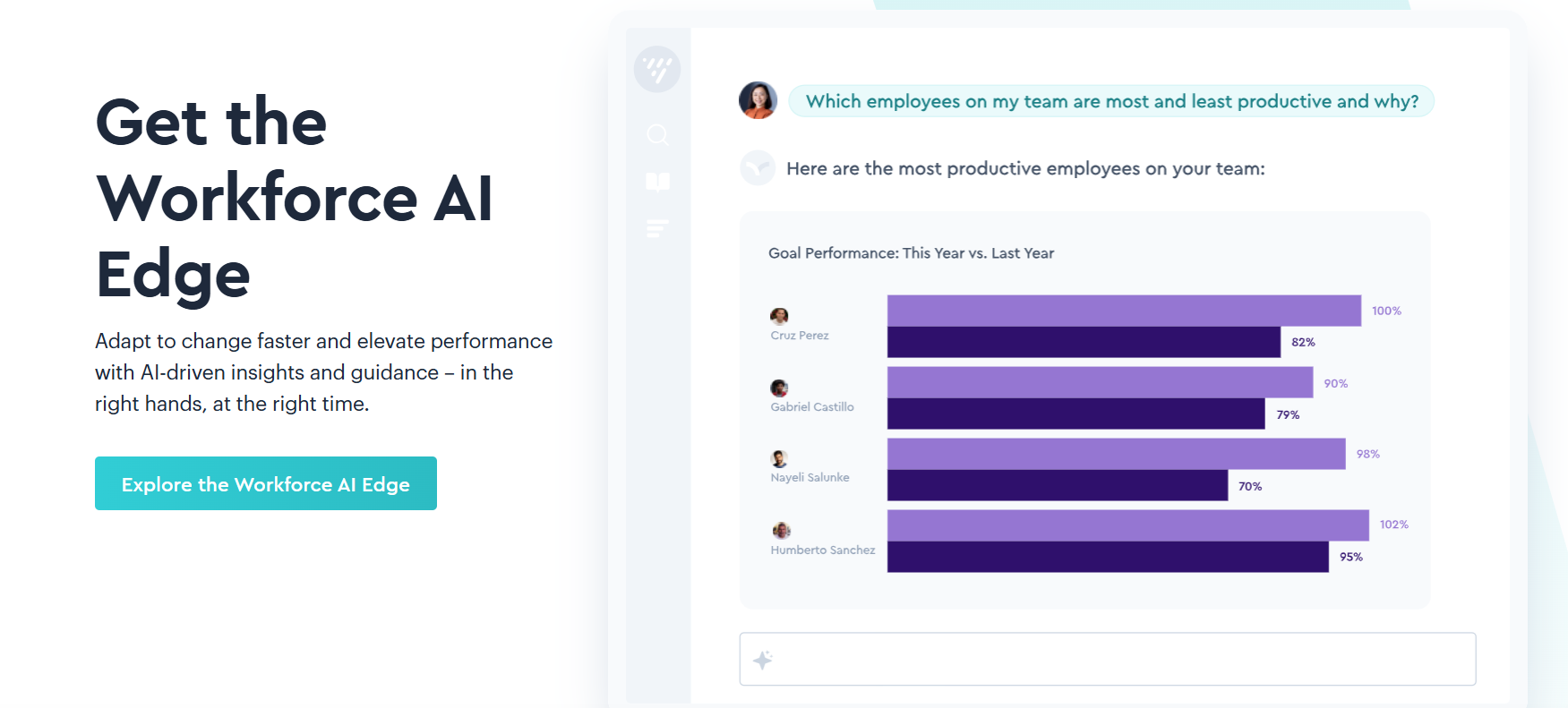
4.3. Crunchr
- Crunchr: an independent Amsterdam‑based people analytics and workforce planning platform. It automatically consolidates HR and business data into a unified source of truth and delivers AI‑powered insights, dashboards, and forecasting capabilities to empower HR and leadership decision‑making.
- Key Strengths: Lightweight deployment, intuitive UI, cross-platform HR data consolidation.
- Why It Matters: Enables self-service analytics for non-technical HR users.
- Trusted By: MetLife, Randstad, ABN AMRO
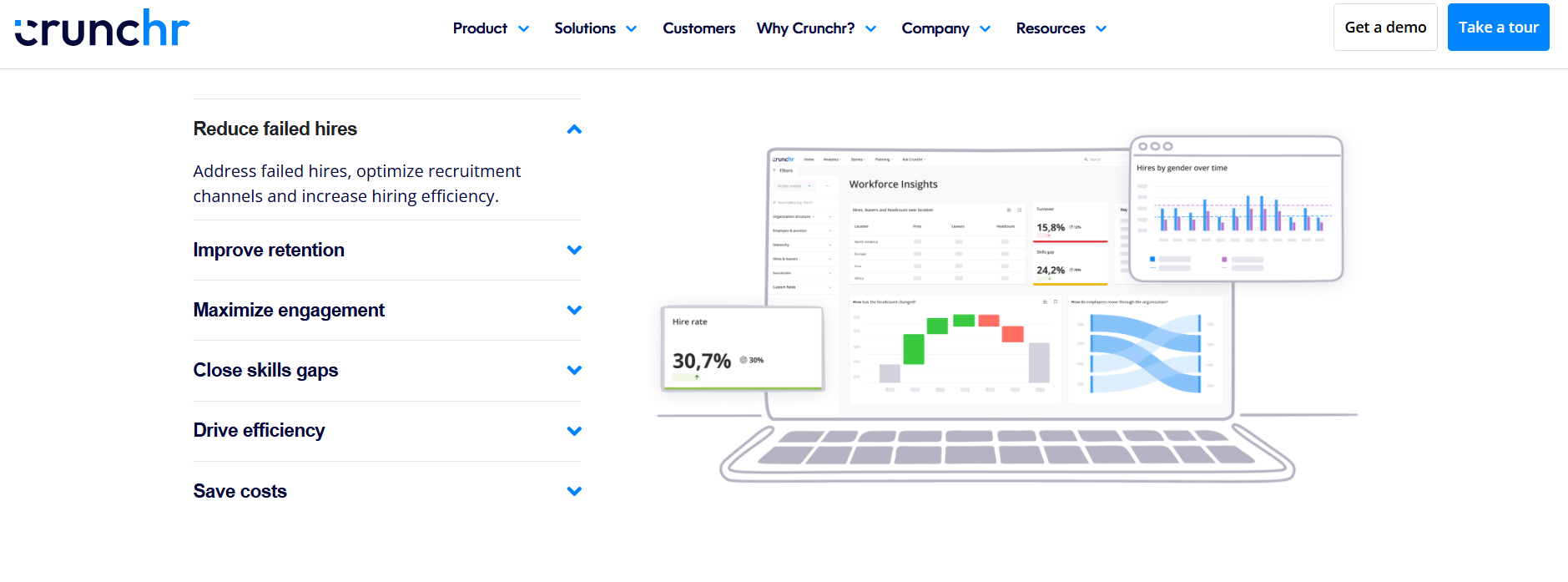
4.4. SAP SuccessFactors
- SAP SuccessFactors: a leading cloud-based human capital management (HCM) and talent management suite acquired by SAP in February 2012, empowers organizations to manage recruiting, onboarding, performance, learning, payroll, and analytics—all via a unified SaaS platform.
- Key Strengths: Deep integration with core HR modules, strategic workforce planning.
- Why It Matters: Suitable for enterprise environments needing comprehensive visibility.
- Trusted By: Siemens, Nestlé, PepsiCo
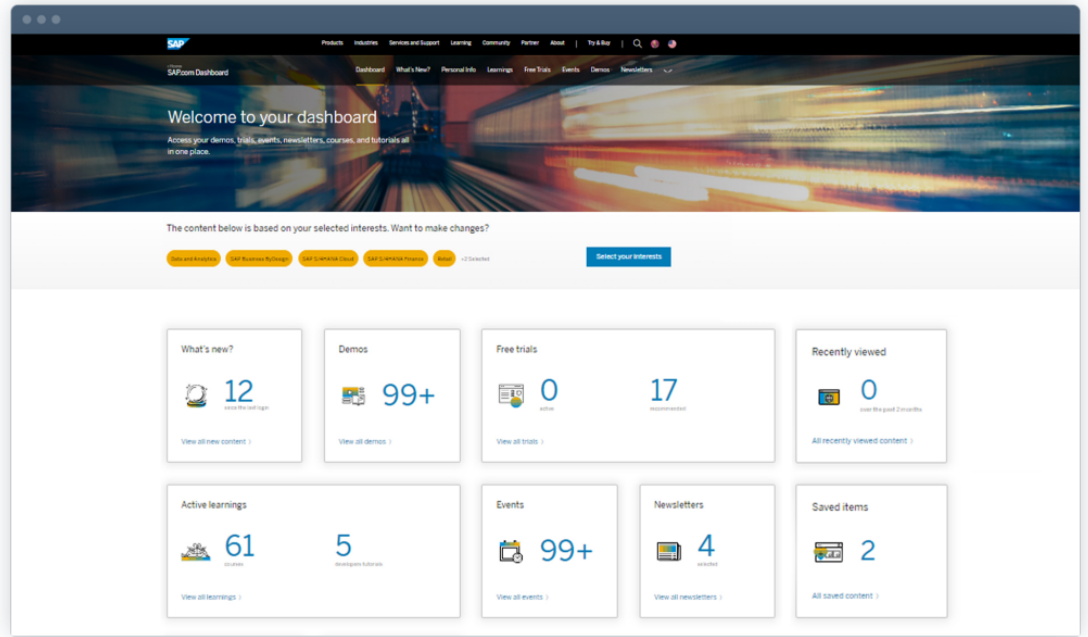
4.5. Tableau (with HR Integration)
- Tableau: a powerful data visualization and analytics platform acquired by Salesforce, helps users see, understand, and act on their data with ease.
- Key Strengths: Flexible visual analytics platform with rich customization.
- Why It Matters: Excellent for organizations already using Tableau for business intelligence.
- Trusted By: Netflix, LinkedIn, IBM, Charles Schwab
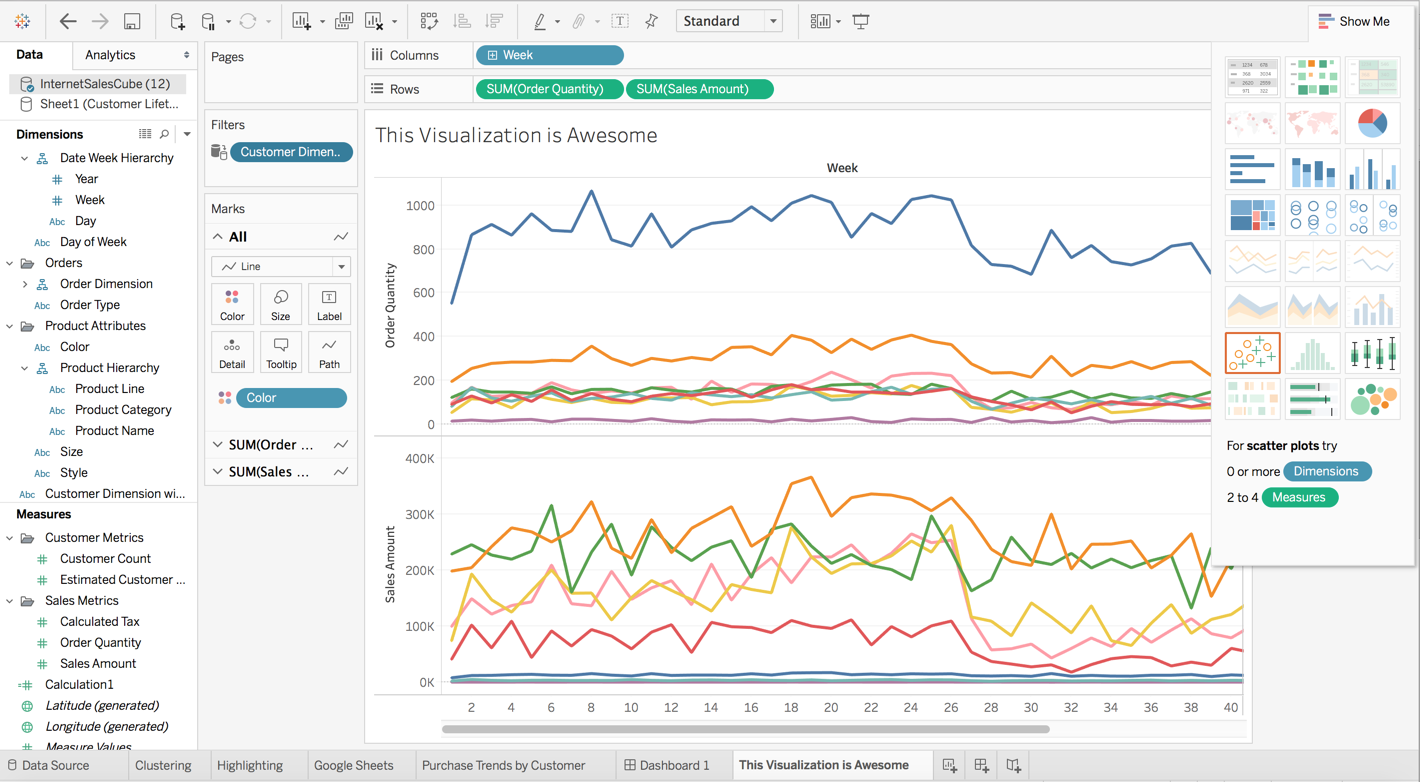
4.6. Workday Prism Analytics
- Workday Prism Analytics: a native component of Workday, is a self‑service data and analytics platform that empowers finance and HR teams to securely ingest, prepare, blend, and analyze internal and external data—all within the Workday ecosystem.
- Key Strengths: Real-time analytics, seamless within the Workday suite.
- Why It Matters: Combines internal HR and external market data for strategic analysis.
- Trusted By: Amazon, PwC, Bank of America
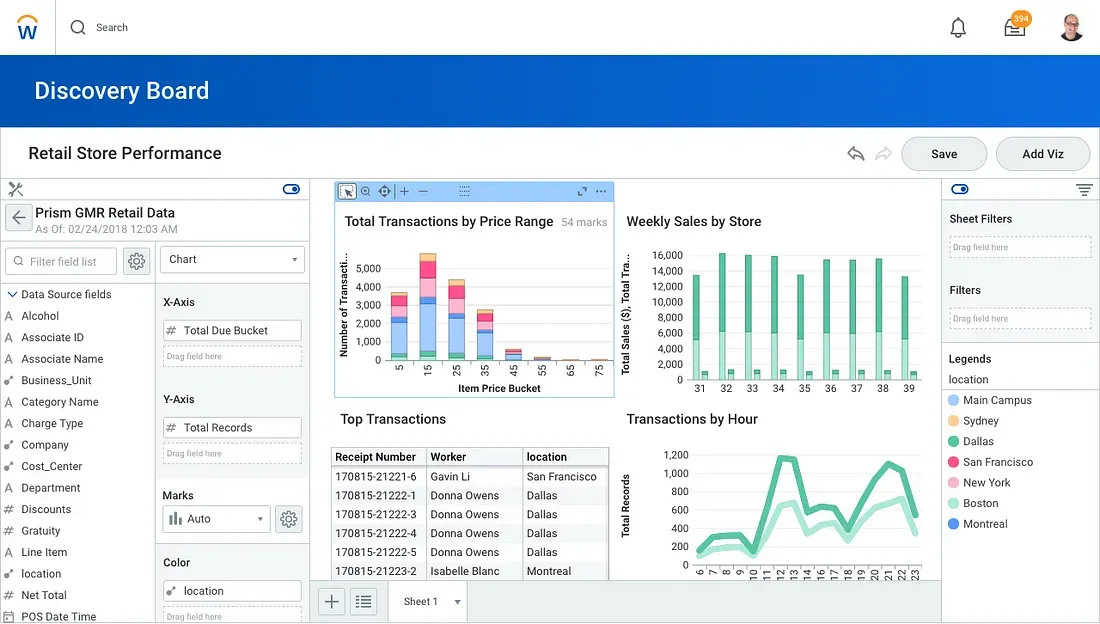
5. Conclusion: Turning Insights into Impact
HR analytics is not just about dashboards—it’s about action. Organizations that embed analytics into HR decision-making are better equipped to attract, retain, and develop talent in ways that directly support business goals.
To unlock the full potential of your people data:
- Shift from reactive reporting to forward-looking insights
- Integrate analytics tools into daily HR workflows
- Align people metrics with business strategy



Comments ()